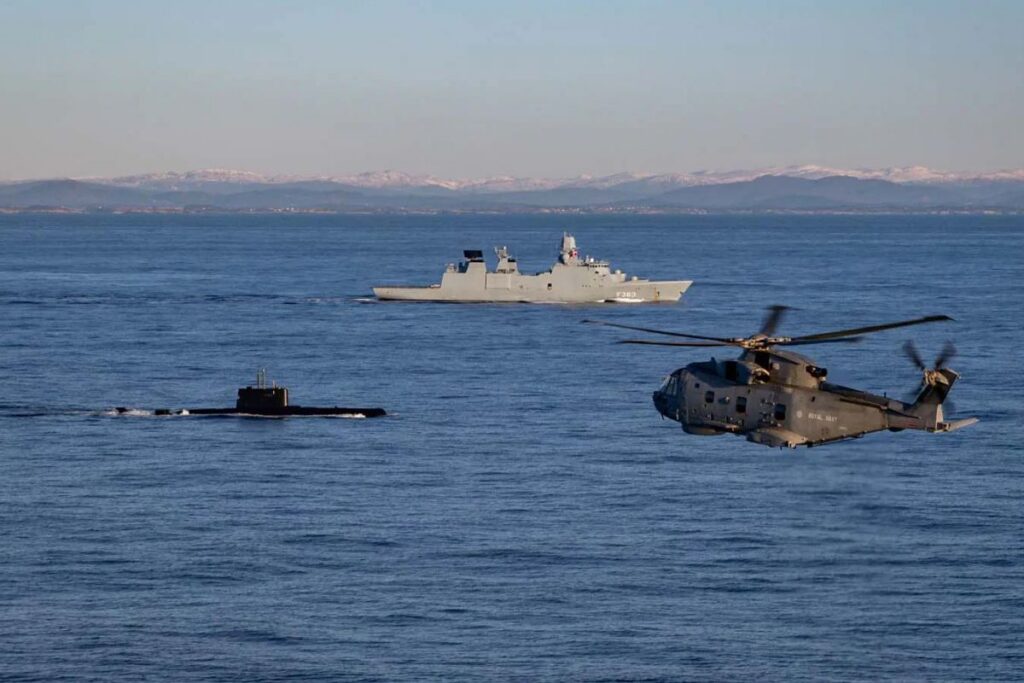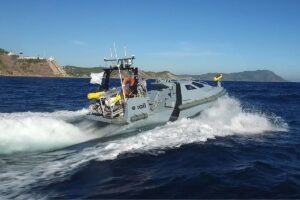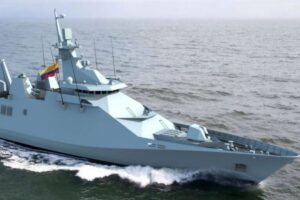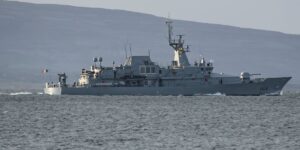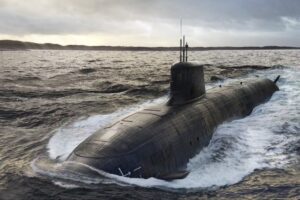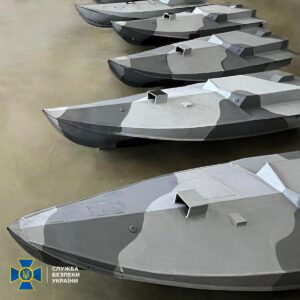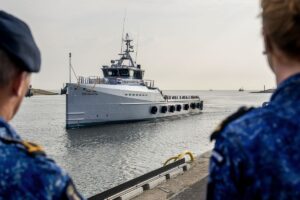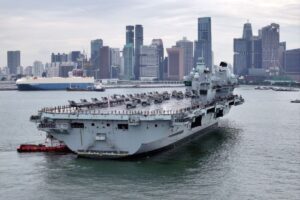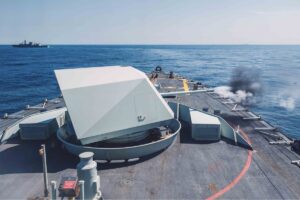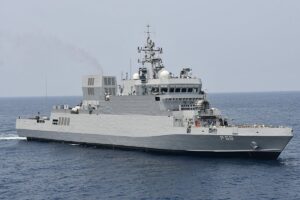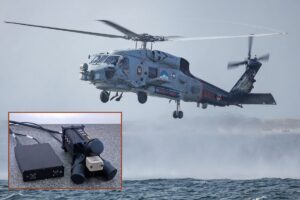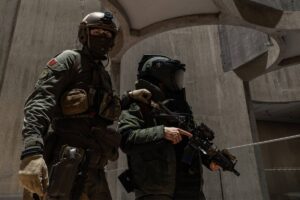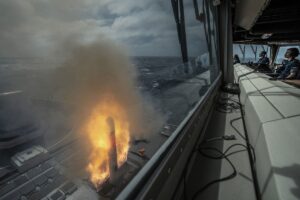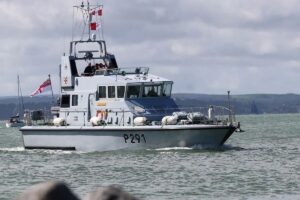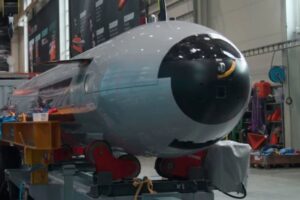Seven NATO members came together in coastal waters off Norway for Arctic Dolphin 2025, a joint anti-submarine warfare (ASW) training exercise.
This year’s iteration of Arctic Dolphin ran between February 3 and 14 in an area spanning waters Bjørnafjorden, Sognesjøen and Sognefjorden.
Royal Navy frigate HMS Somerset (and its embarked Merlin helicopter) and a British P-8 Poseidon aircraft were the U.K. assets taking part; the U.S. and Norway also contributed Poseidons.
The submarines being hunted during Arctic Dolphin were provided by host nation Norway, as well as Germany, and the Netherlands, which sent Walrus-class submarine HNLMS Zeeleeuw to the exercise.
Other vessels involved included Norwegian offshore patrol vessel (OPV) KNM Olav Tryggvason, Danish frigate HDMS Niels Juel (and its Seahawk helicopter), French frigate FS Auvergne (with its NH90 helicopter), German Navy support and logistics vessels FGS Main and FGS Oker, and Dutch support vessel HNLMS Mercuur.
Arctic Dolphin 2025 served to both train submarine commanders in ASW tactics they could expect to encounter from surface vessels and aircraft, and also test the capabilities of the commanders and crew of the various surface vessels involved.
As per a Royal Navy press statement, during the course of the two-week manoeuvres, on occasion HMS Somerset carried out high-speed approaches including charging towards the submarine at full speed and a range of complex manoeuvres in the confined waters.
This exercise has again proven the strength, co-ordination, and readiness of our NATO forces, observed Somerset’s Commanding Officer, Commander Matthew Court.
Operating alongside our international partners we continue to demonstrate our commitment to security and stability at sea. I’m also incredibly proud of the ship’s company for the professionalism they have displayed throughout the last two weeks, and our families and friends for their continued support.
And the Merlin Mk2 crew was able to practice night-hunting submarines using the helicopter’s acoustic sensors, dipping sonar, active and passive sonar buoys, radar, and infrared camera.
The training has been a game of cat and mouse; there were occasions when we (the aircraft) had the advantage over the submarine and also occasions where the submarine made it very difficult for us, said Lieutenant Charlie Homer, Mohawk Flight pilot.
Commander Jim Robertsen, Chief of Norway’s Submarine Service, commented: The submarine force is one of Norway’s most important capabilities, and exercises like Arctic Dolphin ensure that our crews gain the necessary experience to operate effectively both alone and together with allies.
The fact that we are exercising in demanding winter conditions along the Norwegian coast strengthens our operational capability and our role in NATO.
He added: The fact that our allies are sending vessels, submarines and air capabilities here to train with us shows how important they consider Norway and the North Atlantic as an area of ??operation.
-
You can read more details about Arctic Dolphin on the Royal Navy website and the Norwegian Armed Forces website

